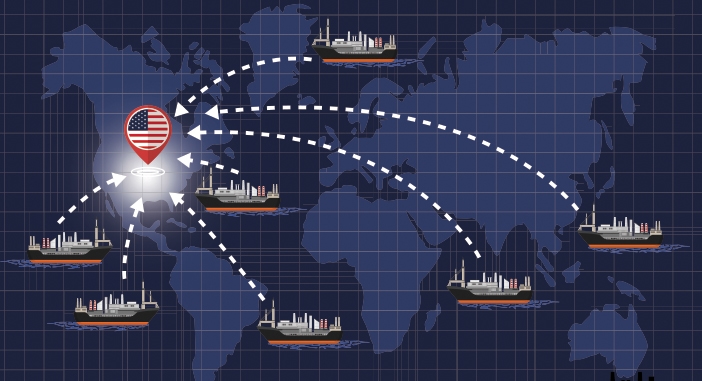Reshoring Moves Beyond the Drawing Table

Reshoring and nearshoring have finally matured into commercial realities, finds Kearney’s 10th annual Reshoring Index Report.
Reshoring initiatives have become so successful that companies that took a wait-and-see approach to locating manufacturing operations in the past are now scrambling to find facilities in Mexico and the United States. But the road to reshoring is harder than most companies expected and requires thorough preparation and strategic planning, the report cautions.
Since 2013, Kearney has noted a slow shift in commercial production away from China to other low-cost Asia Pacific countries and regions—now known as Altasia—and Mexico.
In Asia, this shift has primarily benefited Vietnam, Taiwan, and India, but Mexico has also accounted for a larger share of U.S. imports in the past few years.
Since the onset of the pandemic, U.S. imports of Mexican manufactured goods have grown from $320 billion to $402 billion (+26%). That number includes many Chinese companies that have begun manufacturing operations in Mexico to build and expand capacity closer to the U.S. domestic market.
As for reshoring, what 10 years ago was merely a promise is now a fact. Kearney’s latest CEO survey indicates that 96% of CEOs are, at a minimum, evaluating the potential to reshore their operations, an increase from 78% in 2022. Most have decided to reshore, or have already reshored.
Much of this activity is, directly and indirectly, consumer-driven as U.S. consumers become far more comfortable with paying a premium for American-made products and are increasingly concerned about companies’ ESG stances. Other factors boosting reshoring include new policies from Washington, D.C., and access to increasingly more affordable automation.
